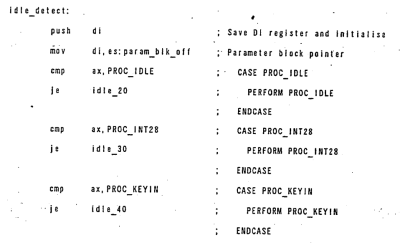Popular Science has an excellent article on how Josephine Cochrane transformed how dishes are cleaned by inventing an automated dish washing machine and obtaining a patent in 1886. Dishwashers had been attempted before, but hers was the first with the revolutionary idea of using water pressure to clean dishes placed in wire racks, rather than relying on some sort of physical scrubber. The very first KitchenAid household dishwashers were based on her machines, making modern dishwashers direct descendants of her original design.

It wasn’t an overnight success. Josephine faced many hurdles. Saying it was difficult for a woman to start a venture or do business during this period of history doesn’t do justice to just how many barriers existed, even discounting the fact that her late husband was something we would today recognize as a violent alcoholic. One who left her little money and many debts upon his death, to boot.
She was nevertheless able to focus on developing her machine, and eventually hired mechanic George Butters to help create a prototype. The two of them working in near secrecy because a man being seen regularly visiting her home was simply asking for trouble. Then there were all the challenges of launching a product in a business world that had little place for a woman. One can sense the weight of it all in a quote from Josephine (shared in a write-up by the USPTO) in which she says “If I knew all I know today when I began to put the dishwasher on the market, I never would have had the courage to start.”
But Josephine persevered and her invention made a stir at the 1893 World’s Fair in Chicago, winning an award and mesmerizing onlookers. Not only was it invented by a woman, but her dishwashers were used by restaurants on-site to clean tens of thousands of dishes, day in and day out. Her marvelous machine was not yet a household device, but restaurants, hotels, colleges, and hospitals all saw the benefits and lined up to place orders.
Continue reading “Josephine Cochrane Invented The Modern Dishwasher — In 1886”


















